Hemp paper - what is it?
min. reading
As an incredibly useful plant, hemp has stalks rich in cellulose in addition to inflorescences. Paper is made from cellulose, which is much more durable and resistant to damage and the passage of time than its more familiar counterpart. Until the 19th century, it was the main raw material for paper production. Unfortunately, the popular paper made from hemp was eventually supplanted by that made from wood pulp. In the face of our planet’s declining forest cover, we should seriously consider restoring hemp cellulose to its glory as the world’s main paper-making raw material.
Table of Contents
History of hemp paper
Each of us certainly remembers from history lessons the greatest inventions of antiquity. One of them, of course, was paper, which was invented by the Chinese around 150 BC. It was actually paper made from hemp! This is one of their most important inventions, which revolutionized the way information was transmitted. Fragments of paper containing hemp fiber have been found in Chinese graves dating to the first century AD. It was created by crushing hemp fiber and the bark of a mulberry tree, then mixing this pulp with water in a large container. The tangled fibers floated on the surface of the water, were removed and placed in a mold. After drying, the fibers formed sheets on which to write.
Around the 6th century AD, hemp paper production moved to Korea. It wasn’t until around the 13th century AD that it reached Europe, specifically Germany. By the end of the 19th century, hemp cellulose was the main raw material used for paper production globally. There are even very old copies of the Bible made on hemp paper. The draft of the United States Declaration of Independence was also made from hemp. There is speculation that the printing of the first $10 bills also used this raw material.
At the beginning of the 20th century, hemp paper was still very popular, but competition from wood pulp was then beginning to become clearly evident, especially due to cheaper production costs. The subsequent events of Prohibition in the U.S., which led to the closure of hemp industries, also caused the decline of the hemp paper industry. Hemp cultivation became illegal. Today, we are trying to bring back these excellent hemp products, including paper, which seem to be the answer to the needs of today’s world.
How is it made?
We distinguish two types of hemp paper. Fibrous paper is made from the long bast fibers of the plant, resulting in a thin and brittle product. Cellulosic paper is made from the soft bast, which consists of 70-80% cellulose – the main raw material used in paper production. This type of paper is softer and easier to produce, making it suitable for everyday use, such as tissues or toilet paper.
Because hemp pulp contains much longer fibers than wood pulp and lower lignin content, hemp paper is significantly stronger, more resistant to folding, and less prone to yellowing even after many years compared to wood paper. Hemp fiber is thicker than wood fiber, making the sheet softer at a lower weight. For example, a hemp sheet weighing 320 g/m2 looks like a 400 g/m2 wood paper sheet.
These are not the only advantages of hemp paper production. This process is highly efficient because hemp contains much more cellulose (70-80%) than wood (30%). Additionally, toxic chemicals are necessary to extract wood cellulose, meaning that the production of paper from trees further pollutes the environment.
Hemp paper and the environment
The textile-paper lobby, responsible for the introduction of prohibition and the decline of hemp industries, is leading to increasingly greater degradation of the natural environment. Paper production itself consumes larger and larger forest areas – to produce 1 ton of wood cellulose paper, 1 hectare of forest, or about 17 adolescent trees, is needed. From one hectare of hemp cultivation, we obtain as much cellulose as from 4 hectares of forest that grew for many years. Hemp fields grow for several months and can be replanted every year. It is therefore easy to see the difference and the great opportunity for saving forests that hemp paper represents.
Why is hemp a better raw material for paper production?
- Hemp is easier to process into paper than wood.
- Processing hemp into paper requires fewer (including toxic) chemicals than processing wood paper.
- Hemp paper is more durable than wood paper.
- Producing more hemp paper will slow deforestation.
Hemp paper can be recycled up to 8 times, compared to just 3 times for wood pulp paper.
Where to buy hemp paper?
Although the hemp paper industry is still in its infancy, both domestically and abroad, we can buy sheets of paper made from hemp cellulose. In Poland, for instance, we can purchase such a product at stores like the Free Hemp organization. France is the European center for paper production – there are factories where it is manufactured. The USA and China are also significant markets. However, the price of hemp paper is still quite high compared to traditional one. Only after its widespread adoption and mass production can we expect a reduction in price.
Sources:
https://wayofleaf.com/hemp/is-hemp-paper-better-than-paper-made-from-trees
https://westernstateshemp.com/everything-you-need-to-know-about-hemp-paper/

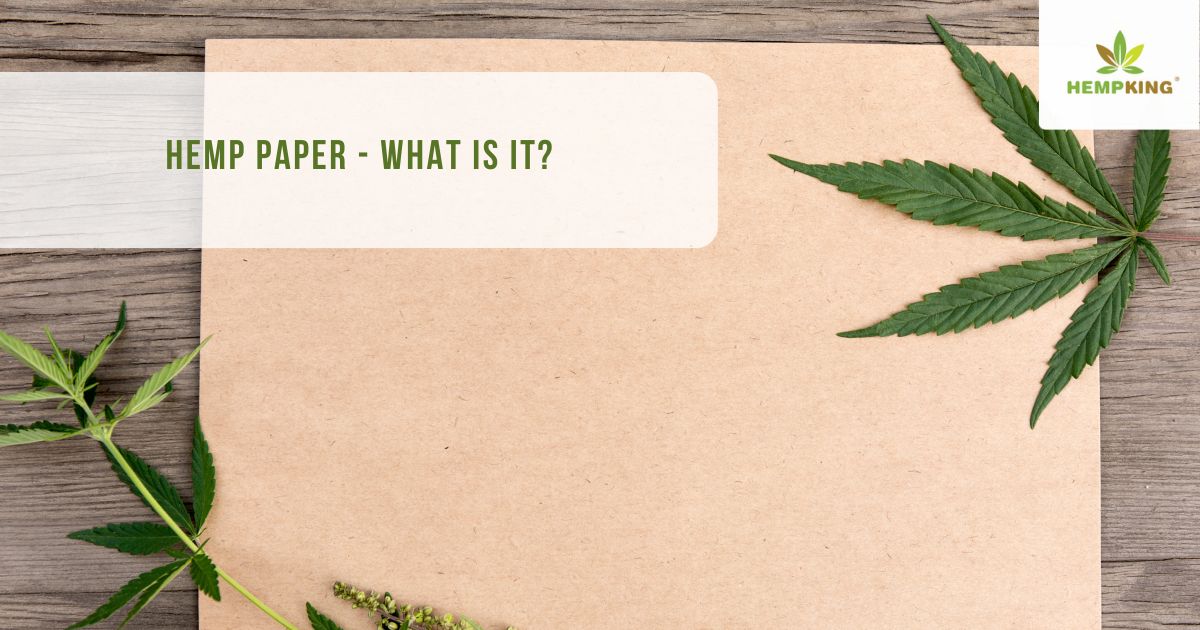

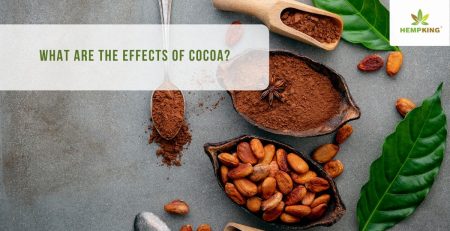

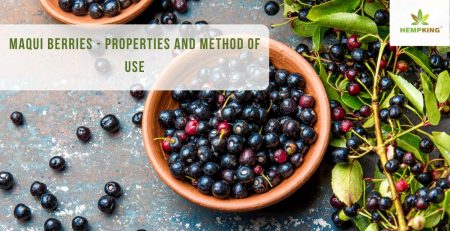

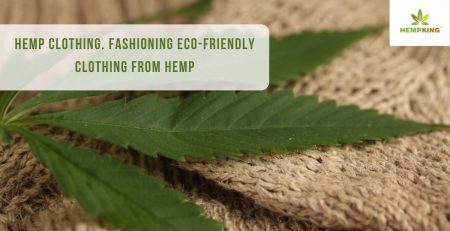


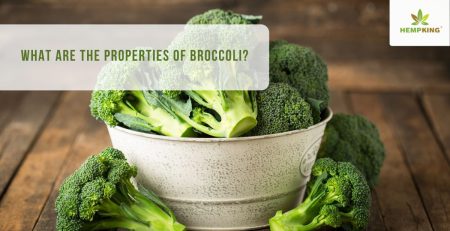


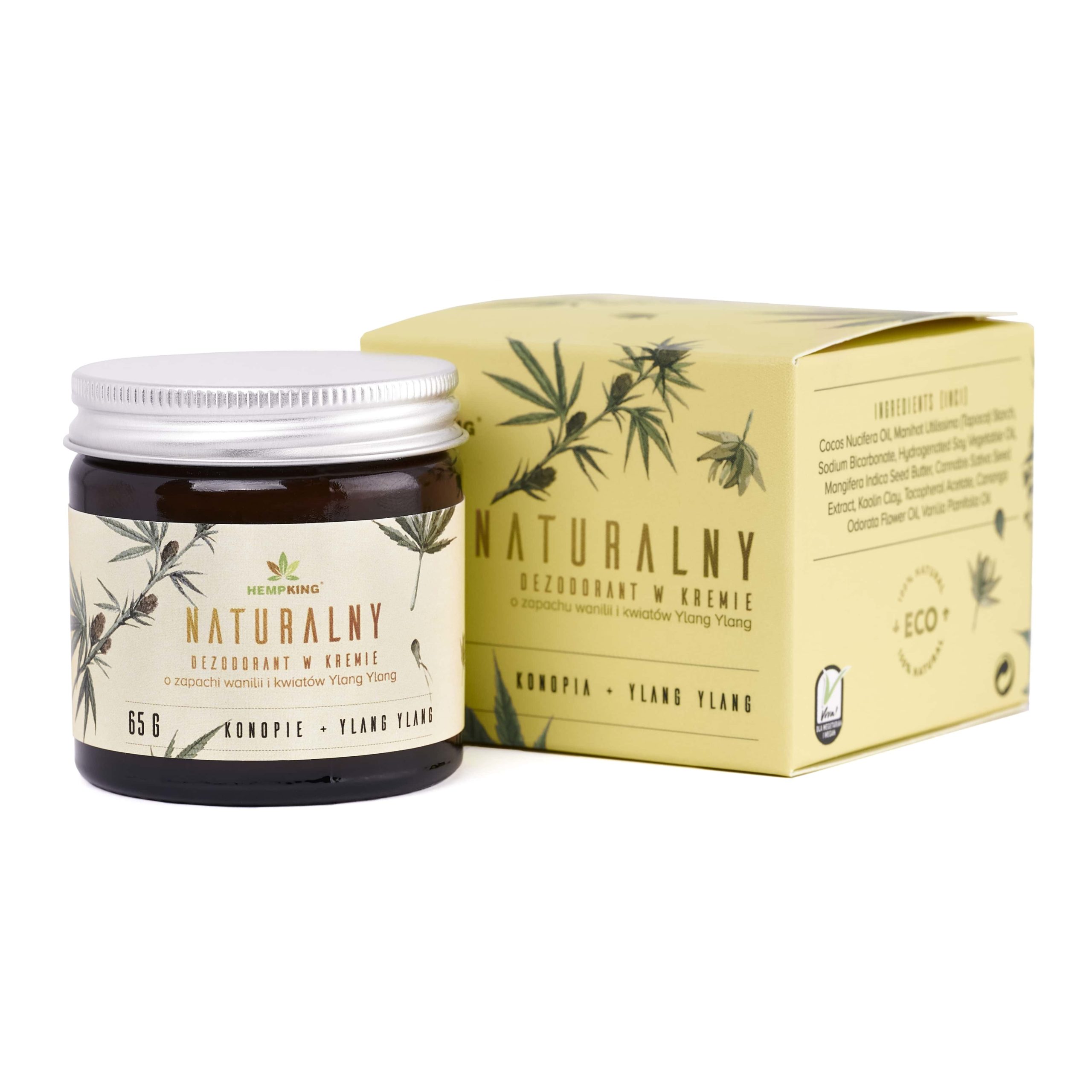
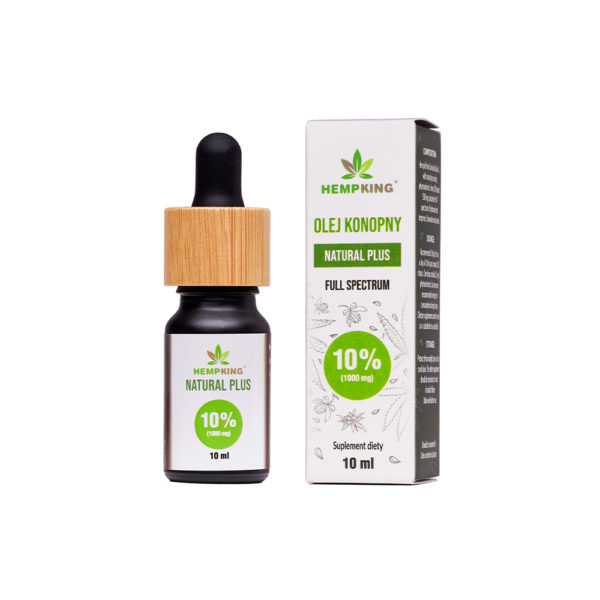
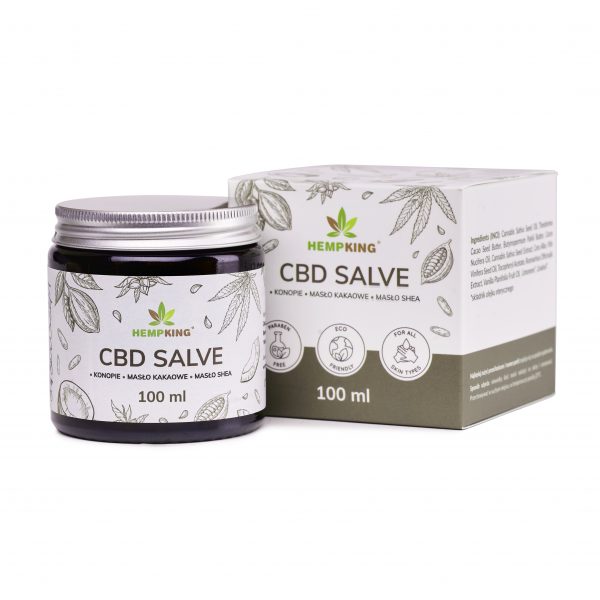
 Facebook
Facebook Instagram
Instagram

Leave a Reply